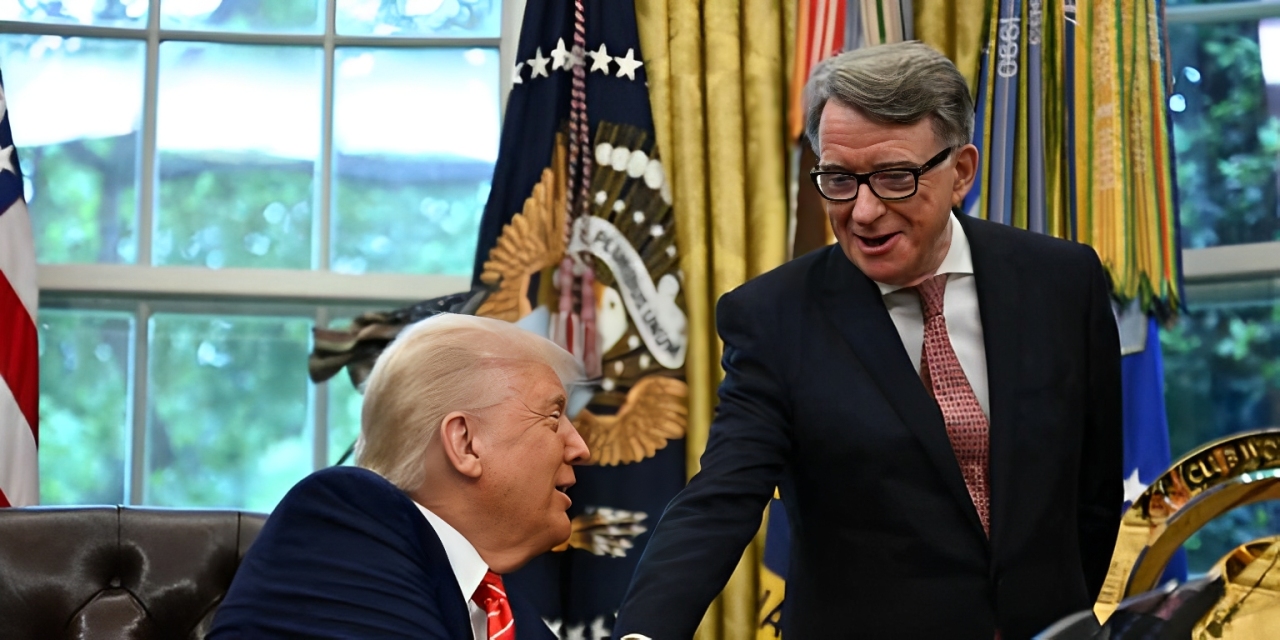In a major development on the international economic stage, the United States and the United Kingdom have signed a landmark trade agreement aimed at strengthening bilateral economic ties and reducing trade friction between the two allies. Announced jointly by U.S. President Donald Trump and U.K. Prime Minister Keir Starmer, the deal includes significant tariff reductions on British steel, aluminum, and automobiles, while opening the U.K. market to increased American agricultural exports and energy products. After years of post-Brexit economic uncertainty and shifting global alliances, both leaders hailed the agreement as a “win-win” for jobs, industry, and national security.
The deal, negotiated over several months, comes at a time of considerable volatility in global trade. With growing geopolitical tensions, disrupted supply chains, and inflationary pressure worldwide, the U.S.-U.K. pact is being framed as a stabilizing force. British manufacturers, particularly in the automotive and metals sectors, are expected to benefit from reduced tariffs and easier access to the American market. In return, the U.K. has agreed to lower regulatory hurdles for U.S. agricultural products, a move that has drawn praise from American farming lobbies but sparked concern among British food safety advocates and environmentalists.
One of the most notable aspects of the agreement is its provision for technology and defense cooperation, including fast-tracked licensing for dual-use exports and greater collaboration on cybersecurity initiatives. Additionally, the deal includes a framework for digital trade, aiming to protect cross-border data flows while respecting privacy laws. This part of the agreement is being watched closely by tech firms, who see it as a possible model for future digital economy rules in other international partnerships. However, critics argue that certain clauses—especially



